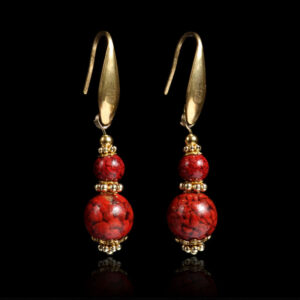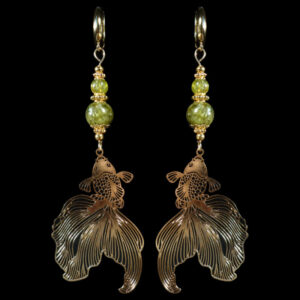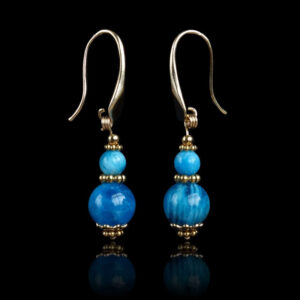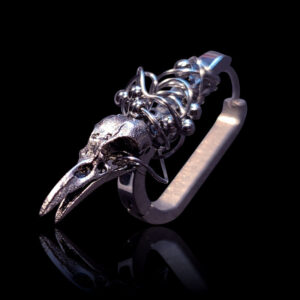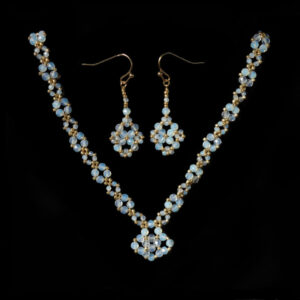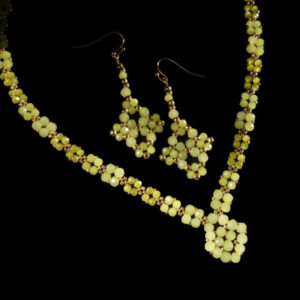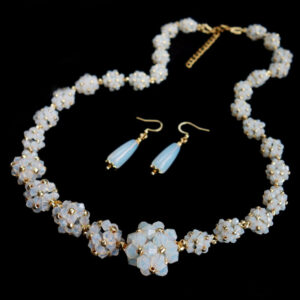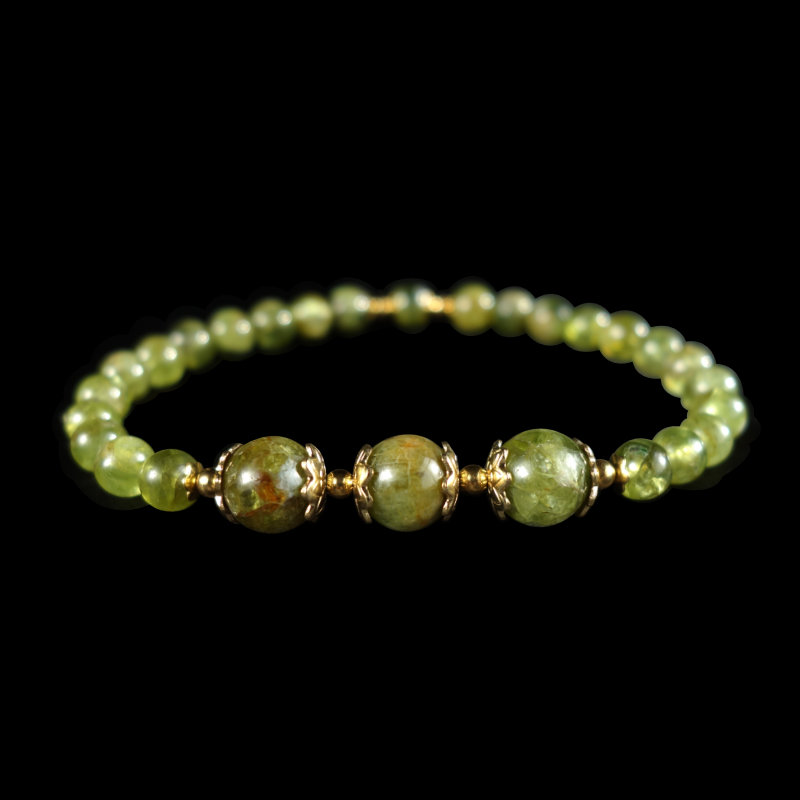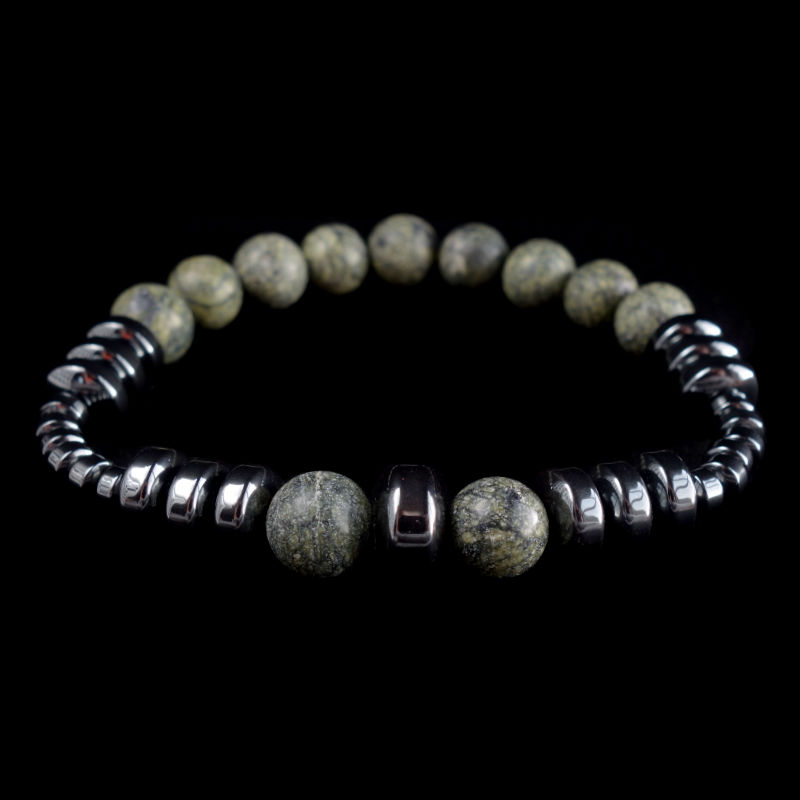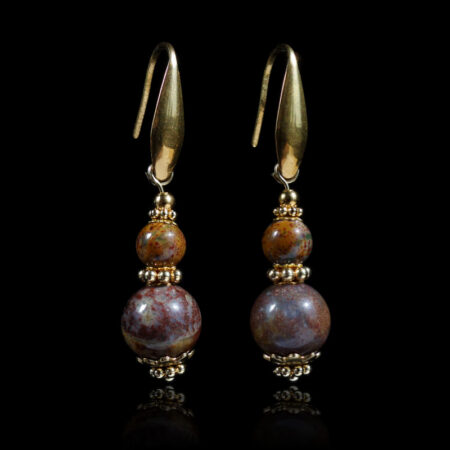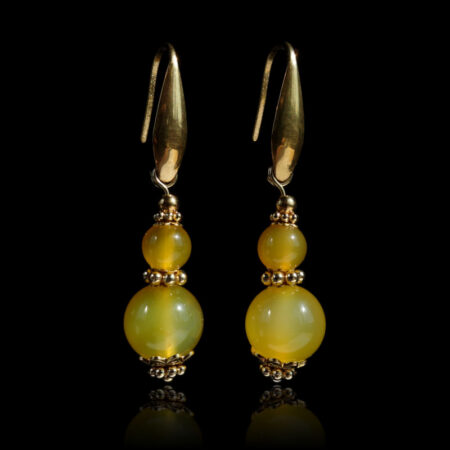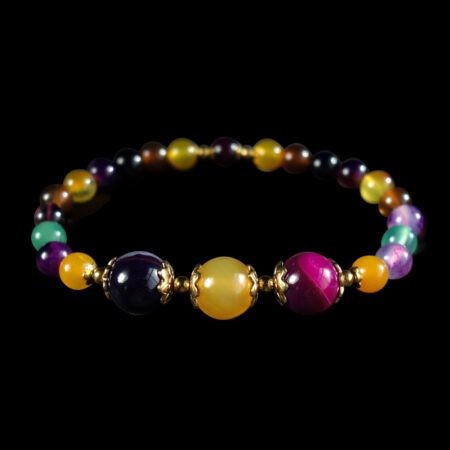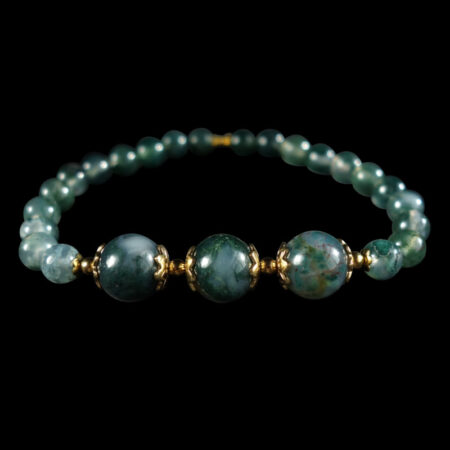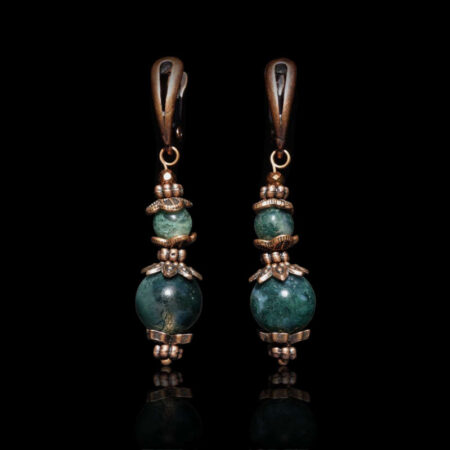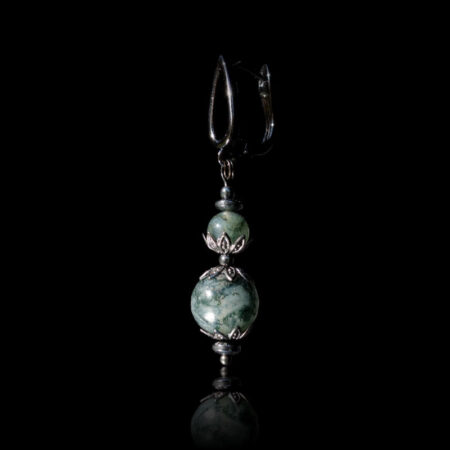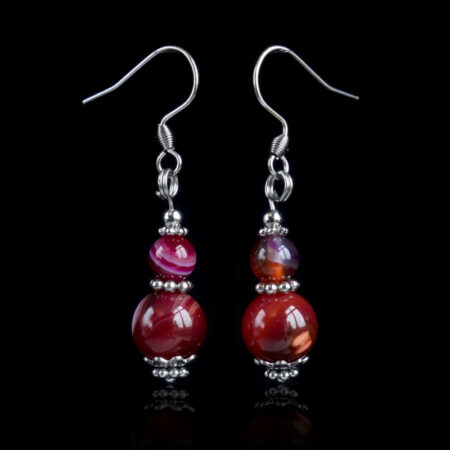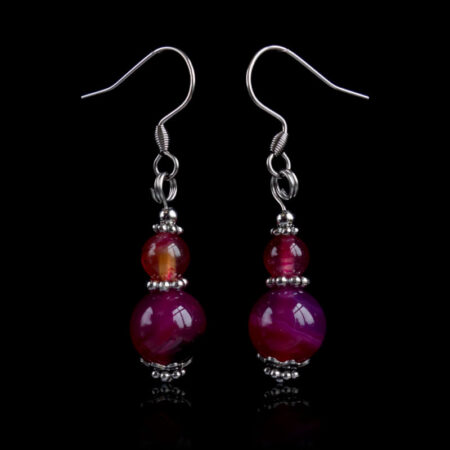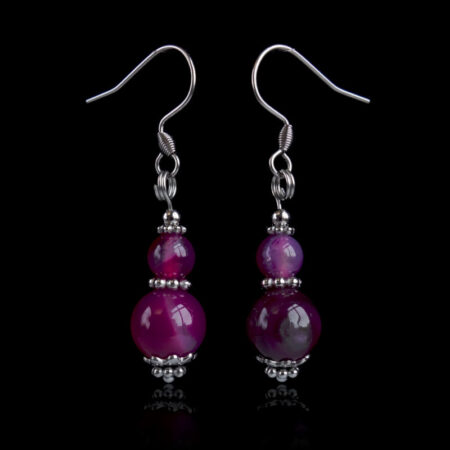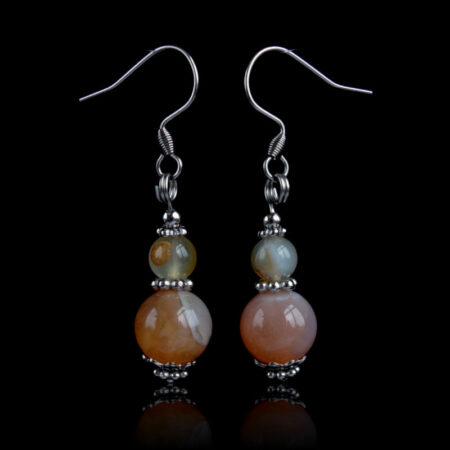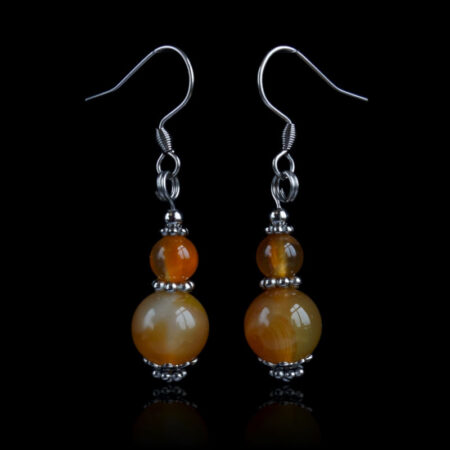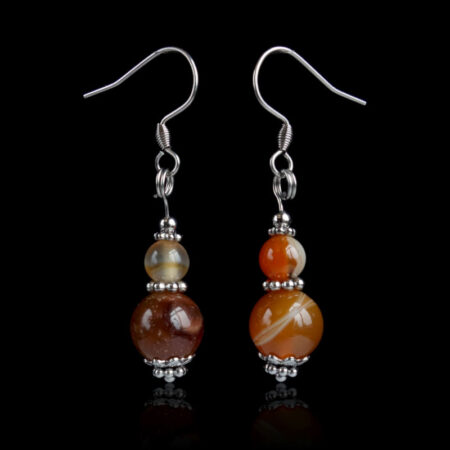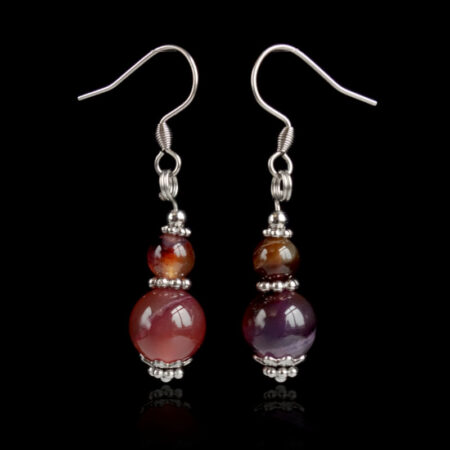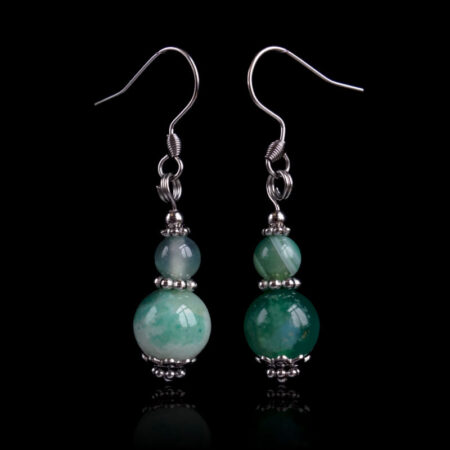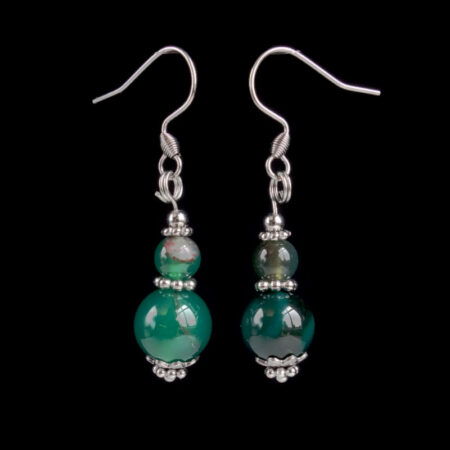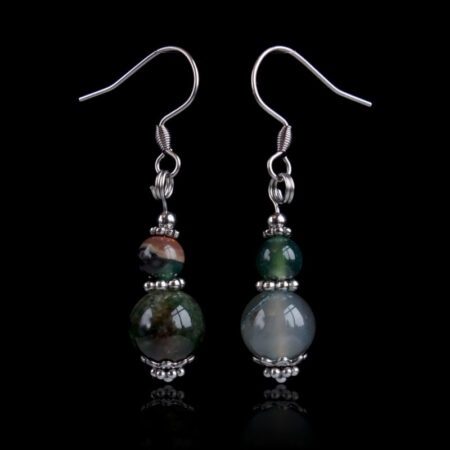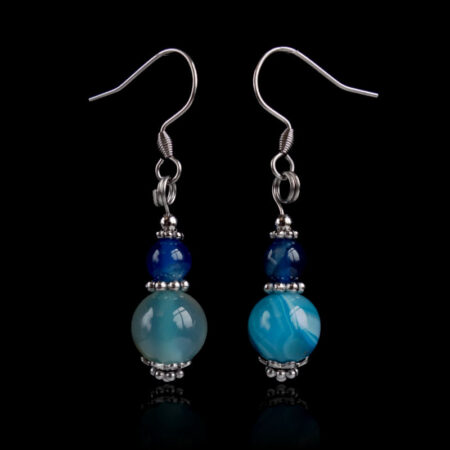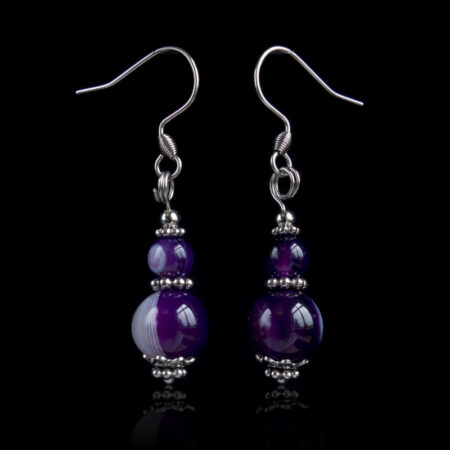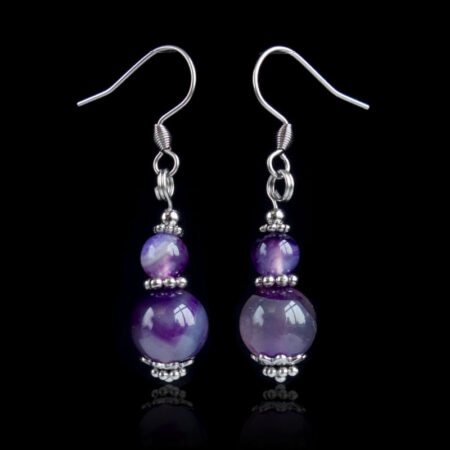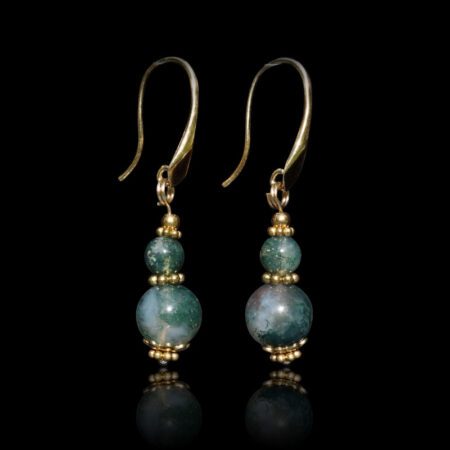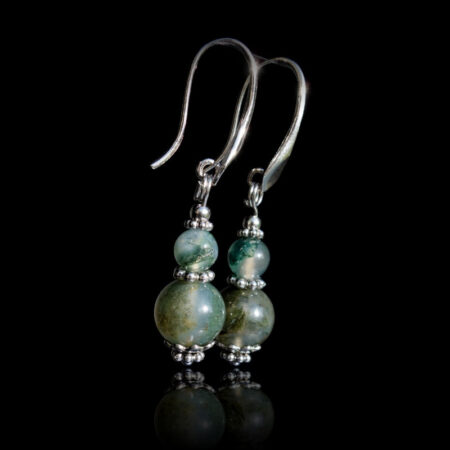Your cart is currently empty!
-
-
Earrings
-
Necklaces
-
Bracelets
-
Rosary
-
Birthstones
-
Zodiac
-
A to Z
-
Colour
Rosaries • COMING SOON!
Delivering the new collection to you by Autumn 2025
Designed centrepieces come with four design options: two Orthodox crosses, the messenger dove, and the Sacred Heart.
Keep a look out for my new rosaries with fantastic stone beads such as Ruby, Peridot, Larimar, Tanzanite, Sapphire, Emerald, Diopside, Apatite, Agate, Onyx, Amethyst, Rose Quartz, Rhodonite, Amazonite, Turquoise, Jasper, Pyrite, Shell, Aventurine, Pietersite;

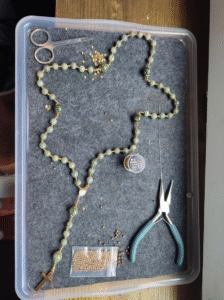
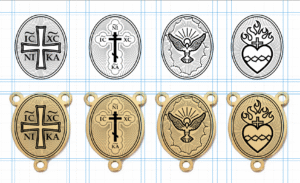
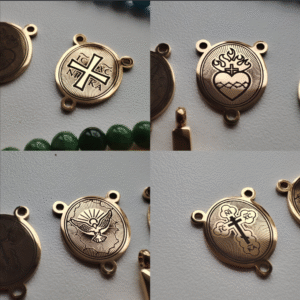


Aries ♈︎
Tropical: 21.03 – 19.04
Sidereal: 14.04 – 13.05
Not in stock: Crysoprase
Taurus ♉︎
Tropical: 20.04 – 20.05
Sidereal: 14.05 – 19.05
Not in stock: Sard
Gemini ♊︎
Tropical: 21.05 – 20.06
Sidereal: 20.06 – 20.07
Not in stock: Aquamarine, Chrysocolla
Cancer ♋︎
Tropical: 21.06 – 22.07
Sidereal: 21.07 – 10.08
Not in stock: Chrysoprase, Diamond
Leo ♌︎
Tropical: 23.07 – 22.08
Sidereal: 11.08 – 15.09
Not in stock: Chrysolite, Diamond
Virgo ♍︎
Tropical: 23.08 – 22.09
Sidereal: 16.09 – 30.10
Not in stock: Beryl, Sardonyx, Zircon
Libra ♎︎
Tropical: 23.09 – 22.10
Sidereal: 31.10 – 22.11
Not in stock: Beryl, Diamond, Jade, Kunzite, Nephrite, Sardonyx, Rose Tourmaline
Scorpio ♏︎
Tropical: 23.10 – 21.11
Sidereal: 23.11 – 29.11
Not in Stock: Aquamarine, Chrysoprase
Sagittarius ♐︎
Tropical: 22.11 – 21.12
Sidereal: 18.12 – 18.01
Not in Stock: Beryl, Sodalite
Capricorn ♑︎
Tropical: 22.12 – 19.01
Sidereal: 19.01 – 15.02
Not in Stock: Beryl, Malachite, Green Tourmaline
Aquarius ♒︎
Tropical: 20.01 – 18.02
Sidereal: 16.02 – 11.03
Not in Stock: Aquamarine, Celestine, Chrysocolla, Hawk’s Eye, Malachite
Pisces ♓︎
Tropical: 19.02 – 20.03
Sidereal: 12.03 – 13.04
Not in Stock: Aquamarine, Diamond, Jade, Sugilite
Ophiuchus ⛎︎
Tropical: N/A
Sidereal: 30.11 – 17.12
Notes
13th Sign: Ophiuchus is often considered in sidereal astrology because the Sun does pass through this constellation, but it’s not part of the traditional 12-sign zodiac used in Western astrology.
Note on Stones: The concept of birthstones for Ophiuchus is not as standardized as for the traditional zodiac signs since Ophiuchus isn’t part of the tropical zodiac. However, these stones are often associated with Ophiuchus due to their metaphysical properties that align with the characteristics attributed to this sign in sidereal astrology. Amethyst for spirituality and intuition, Citrine for abundance and positivity, Turquoise for healing and communication, Labradorite for transformation and intuition, and Ruby for passion and motivation.
Learn more: https://earthsky.org/constellations/ophiuchus-the-serpent-bearer-13th-constellation-zodiac/
Legend:
■ Arcane Semi-Precious Gemstone Beads
▲ Silica / Quartz Gemstone Beads
● Natural Beads
◖ Manmade / Artisanal Beads
A
B
C
D
E
F
G
H
J
K
L
M
O
P
R
S
T
V
FILTERS
Product Search
Filter by Price
Main Stone
Finish
Base Metal
Clasp
Hook Type
Birthstone
Zodiac Stone
Colour
Agate
“As layers of the earth hold time, so too can you hold your past lightly, and let it go.”
Zodiac Stone of Capricorn, Gemini, Scorpio, Virgo
Cosmic Junction: Saturn
Alternative Names: Banded agate, striped quartz, ribbon stone, fortification agate, layered chalcedony.
Agate’s Origin Story:
Yaldabaoth forged agate’s banded layers under Saturn’s iron grip to enforce centralized control. Its colorful bands were a trap, draining loosh through rigid conformity, convincing sparks their sincerity was dangerous and destabilizing.
Sabaoth and Nereon strategized to decimate Yaldabaoth’s armies and found the Agate Matrix – as they were already familiar with the modes of operations of both sides of the war through their adventures so far, turning conformity into sincerity was a small challenge.
Agate became such a powerful stone that sincerity was no longer a “force” that “rocks the boat” – but sincerity became a force of grounding and stability.
Agate balances the root chakra’s physical body, where Shame (20/1000) binds freedom. It sparks Neutrality (250/1000), shifting attitudes to harmony—an Adlerian choice over control. Thriving in balance, it fosters Courage (200/1000). Spark-bearers wield agate to free Pleroma’s sparks.
“Balance unveils the soul’s eternal light.”

